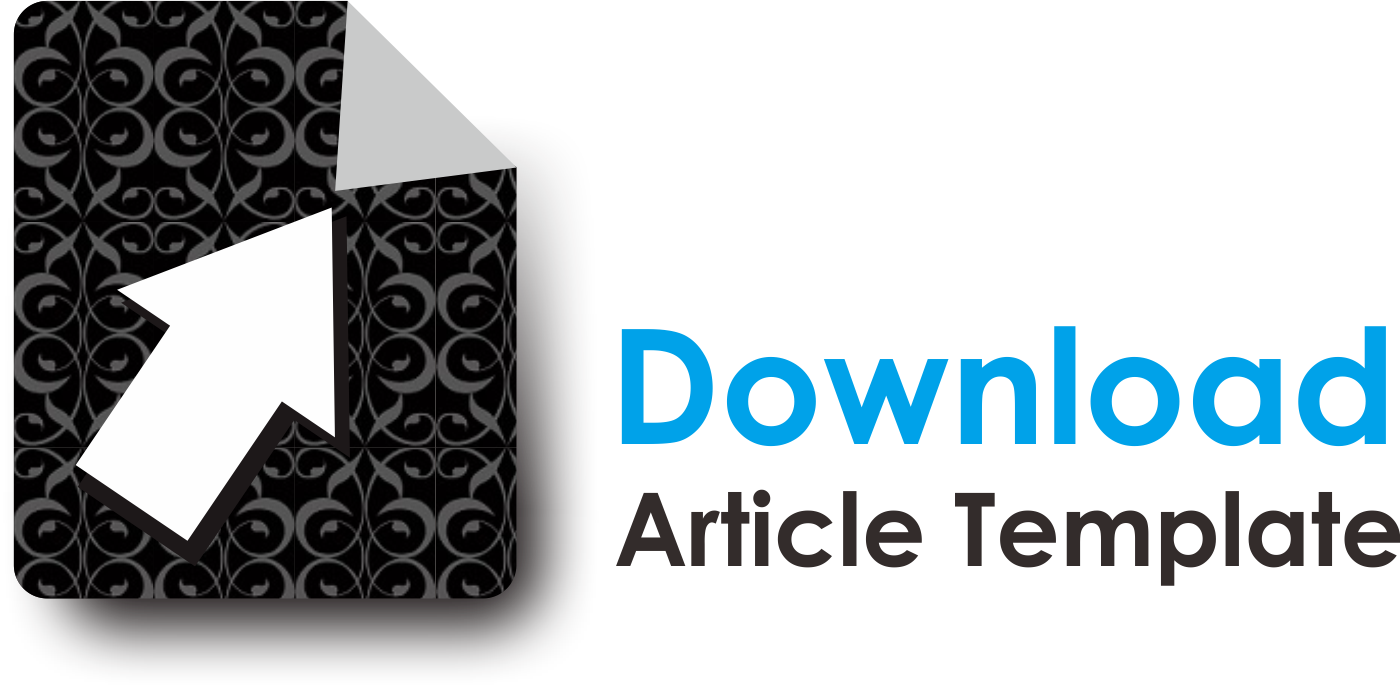Pergeseran Nilai-Nilai Islam dalam Cerita Aladdin: Perbandingan “Arabian Nights” dan Film Animasi Disney
Abstract
This study compares the folktale “The Story of Aladdin and the Wonderful Lamp” from the Arabian Nights, and the animated film produced by Walt Disney Feature Animation under the title “Aladdin”. The story of Disney’s animated film “Aladdin” is based on the “The Story of Aladdin and the Wonderful Lamp.” The comparison of the two is focused on the aspect of Islamic values, its shifts and changes in the animated film Aladdin. The study applies Fairclough’s Critical Discourse Analysis, by applying the three stages of analysis. The first level is micro level, on the language practice. In the second level, mezo level, discusses the discourse practice that covers the intertextuality that explore the production and consumption of text as the reference in delivering the ideas. In the third level, macro level, it interprets the social context of particular events. The finding shows that there is a change of discourse of Islamic value which is strongly expressed in the origiinal Aladdin story of “Arabian Nights” especiallly the important role of family. On the other hand, in the animated film Aladdin, remove the discourse of Islamic value and change it into the discourse of freedom.
Artikel ini membandingkan dua cerita Aladdin yang diterjemahkan ke dalam bahasa Inggris menjadi Arabian Nights dengan judul cerita “The Story of Aladdin and the Wonderful Lamp,” dengan film animasi produksi Walt Disney Feature Animation dengan judul “Aladdin”. Cerita Aladdin dalam film animasi ini didasarkan pada cerita“The Story of Aladdin and the Wonderful Lamp.” Perbandingan ini difokuskan pada aspek nilai-nilai Islam, pergeseran dan perubahan yang terjadi pada film animasi Aladdin. Studi ini menerapkan Analisis Wacana Kritis Fairclough dengan menerapkan tiga tingkatan analisis. Tingkatan pertama adalah analisis mikro atau aspek bahasa. Pada tingkatan kedua adalah tingkatan mezo, yang menganalisis praktik wacana yang mencakup intertekstualitas yang mengeksplorasi produksi dan konsumsi teks referensi atas suatu gagasan. Pada tataran ketiga, tataran makro analisis difokuskan pada konteks sosial dari suatu peristiwa naratif tertentu. Hasil analisis menunjukkan bahwa ada pergeseran dan perubahan nilai-nilai Islam yang dalam cerita Aladdin. Dalam “Arabian Nights” cerita Aladdin sangat menonjolkan wacana nilai Islam terutama dalam hal peran penting keluarga, sedangkan dalam film animasi Aladdin wacana yang menonjol adalah nilai kebebasan.
Keywords
Full Text:
PDFReferences
Bryant,D. M. (1982). Cinema, Religion, and Popular Culture, in Religion in Film, eds., John R. May and Michael Bird. Knoxville: University of Tennessee Press.
Crane, D. (2014). Cultural globalization and the dominance of the American film industry: cultural policies, national film industries, and transnational film, International Journal of Cultural Policy, 20(4), 365-382, DOI: 10.1080/10286632.2013.832233
Dick, B. F. (2005). Anatomy of Film 5th Ed. London: Palgrave Macmillan.
Durham, G. M. and Kellner, D M. (2006). Media and Cultural Studies: Keyworks. Revised Ed. Malden: Blackwell Publishing
Fairclough,N. (1989). Language and Power. Longman Group
Fiske, J. (2007). Cultural and Communication Studies, Sebuah Pengantar Paling Komprehensif. Yogyakarta: Jalasutra.
Gardels, N. dan Medavoy, M. (2009). American Idol after Iraq: Competing for Hearts and Minds in The Global Media Age. Wiley-Blackwell
Gerges, F. A. (1999). America and Political Islam; Clash of Cultures or Clash of Interests? Cambridge University Press
Grossberg, L., Wartella, E., Whitney, DC., Wise. J. M. (2006). Media Making: Mass Media in a Popular Culture. California: Sage Publication.
Habermas, J. (2006) The Public Sphere: An Encyclopedia Article dalam Durham, M. G and Kellner, D. M. (ed). 2006. Media and Cultural Studies: Key Works, Blackwell Publishing
Hall, S. (1997). Representation Cultural Representations and Signifying Practice. The Open University. Sage Publication
Halliday, F.( 2003). Islam and the Myth of Confrontation 2nd Ed. London: LB Tauris Jurado
Kimberly G. (2013). The “Magical Negro” in Disney Films. Thesis in College of Communication at Hawaii Pacific University
Leeuwen, T. (2005). Introducing Social Semiotics. London: Routledge
Lewis, S. (2014). What Is Spectacle?, Journal of Popular Film and Television, 42:4, 214-221, DOI: 10.1080/01956051.2014.923370
Meyer, M. and& Wodak, R. (2001). Method of CDA. London: Sage
Publication.
Miles, M. (1996). Seeing and Believing: Religion and Values in the Movies. Boston: Beacon Press.
Palmer, Janet Patricia. (2000). Animating Cultural Politics: Disney, Race, and Social Movements in the 1990. Dissertation. The University of Michigan.
Ramji, R. (2005). “From Navy Seals to The Siege: Getting to Know the Muslim Terrorist, Hollywood Style”. The Journal of Religion and Film Vol. 9 No. 2. http://www.unomaha.edu/~jrf/Vol9No2/RamjiIslam.htm
Riegler, T. (2009). Through the Lenses of Hollywood: Depictions of Terrorism in American Movies.
Said, Edward W. (1979). Orientalism. New York: Vintage Books Edition.
Shaheen, J. (2000). Hollywood’s Muslim Arabs. The Muslim World Vol. 90. http://macdolad.hartsem.edu/articles/shaheenart1.pdf
Shaheen, J. (2001). Reel Bad Arabs: How Hollywood Vilifies a People. New York: Olive Branch Press.
Shohat, E. (1990). Gender in Hollywood’s Orient. Middle East Report No. 162, Jan. - Feb., 40-42.
“The Story of ‘Ala-ed-Din and the Wonderful Lamp” Stories from the Thousand and One Nights. The Harvard Classics. 1909–14. http://www.bartleby. com/ 16/901.html
Udasmoro, W. et al. (2014). Konstruksi Identitas Remaja dalam Karya Sastra. Yogyakarta: Program Studi Sastra Perancis – FIB UGM.
Young, L. (1996). Fear of the ‘Dark’ Race: Race, Gender and Sexuality in the Cinema. London: Routledge
DOI: https://doi.org/10.18860/el.v17i1.3085
Editorial Office: | Phone : +6282333435641 |




